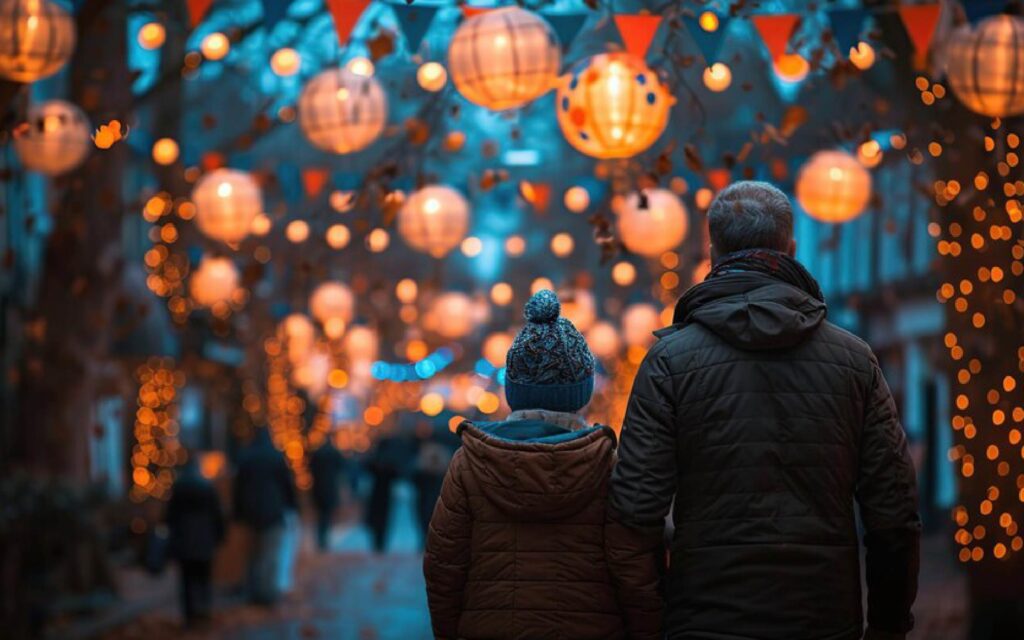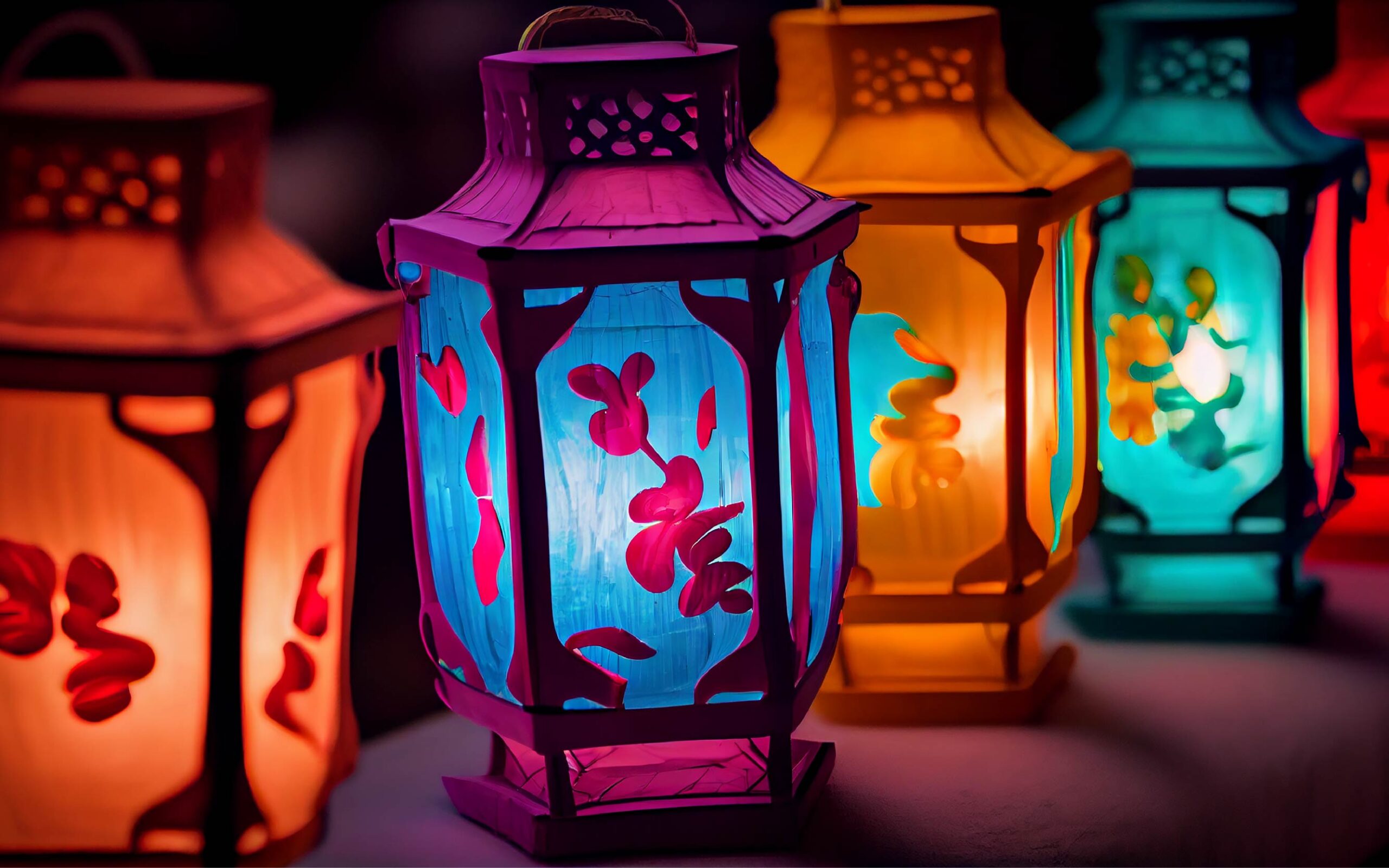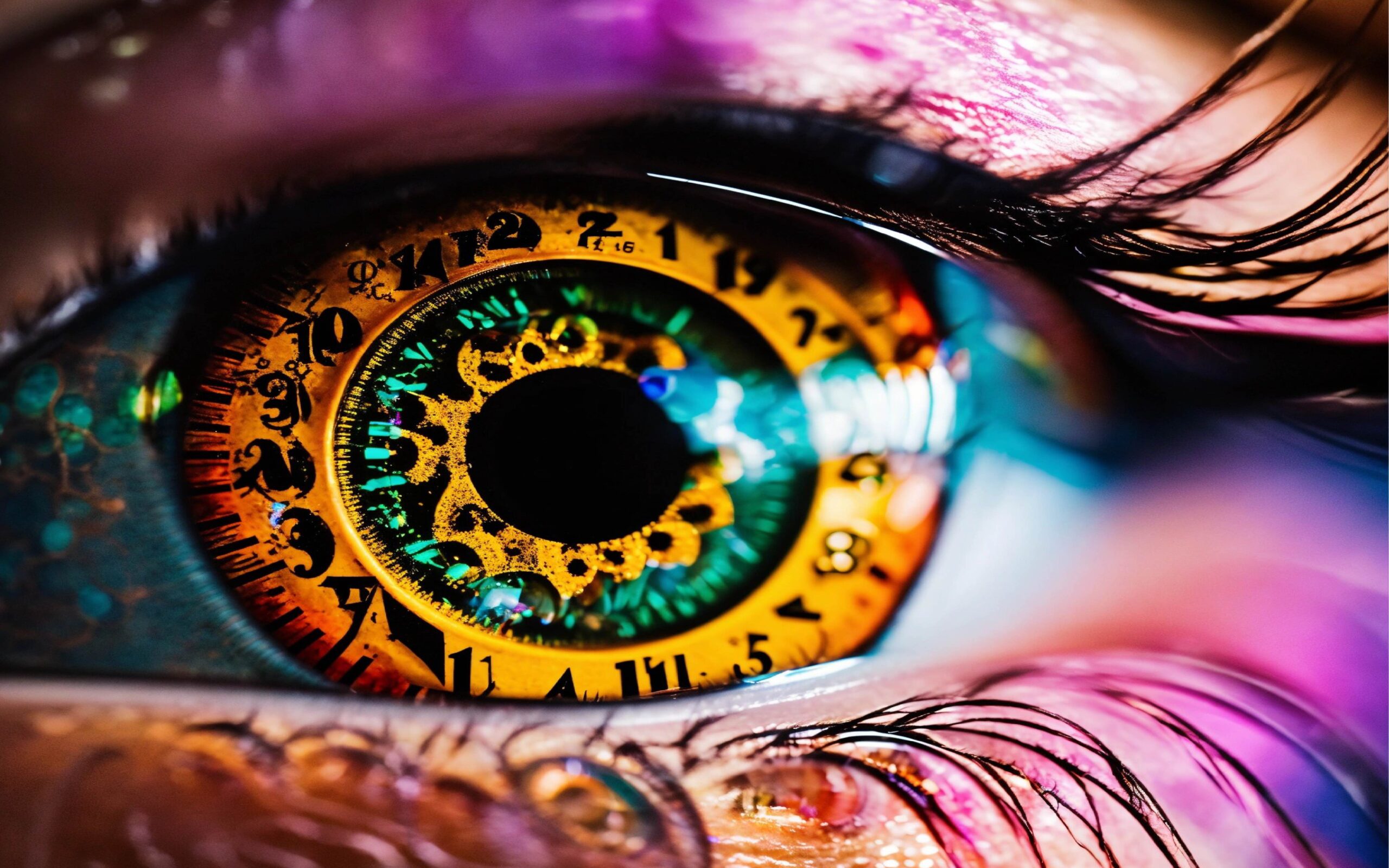The beautiful glow of lanterns lighting the evening has always captivated you? At Kyoto, Japan’s ancient temple Mibu Dera, the lanterns are stories captured in exquisite paper and bamboo, not only beautiful lights. During celebrations, these lanterns brighten the temple grounds to create a magical scene straight out of a fairy tale. What, though, distinguishes Mibu Dera lanterns? Let’s explore their rich past, cultural value, and magic they bring to life closely.
The Ancient Roots of Mibu Dera
Mibu-dera: A Temple Steeped in History
Among Kyoto’s oldest and most revered temples, Mibu-dera was founded in the tenth century. It’s a cultural center where art, spirituality, and legacy meld together rather than only a place of prayer. People built the temple originally to pray for the health of the country and peace. It gained recognition over ages for its distinctive lantern celebrations, which attracted both locals and visitors from long distances.
A Beacon of Light Through Centuries
Lanterns have been a familiar sight in Mibu-dera from its founding. These are symbols of hope, direction, and spiritual connection—not just any lights. Imagine the temple grounds hundreds of years ago, the dim illumination of lanterns guiding monks and pilgrims across the gloom. Mibu Dera lanterns are so mesmerizing now because of its ageless quality.
The Lanterns: Craftsmanship and Symbolism
Handcrafted Masterpieces
Making a Mibu Dera lantern calls tremendous talent, patience, and a great respect of history. Every lantern we painstakingly create utilizing age-old methods handed down through the centuries. The process starts with building the frame, commonly of bamboo since its light yet strong character. We meticulously cut, shape, and bind the bamboo to create the skeleton of the lantern.
The washi paper—a classic Japanese paper renowned for its transparency and robustness—comes next. on guarantee a perfect finish, craftspeople meticulously apply the washi on the bamboo frame, straightening every crease. That yields This produces a delicate but strong lantern ready to illuminate the evening.
The Symbolic Meanings of Lanterns
Lanterns in Japan are potent symbols rather than only means of illumination. Every lamp at Mibu Dera symbolizes direction and spiritual defense. Lanterns are thought to guide the spirits of ancestors back to the world of the living during celebrations like Obon. It reminds us kindly of the links between past and present, life and death.
Designs That Tell a Story
Typical Japanese themes such cherry blossoms, cranes, and waves abound in the elaborate designs found in the lanterns at Mibu Dera. These creations have great cultural value rather than only aesthetic appeal. For instance, the crane stands for longevity and good fortune; cherry blossoms capture the transitory beauty of life. Every design aspect gives the lanterns still another level of significance and transforms them into shining pieces of art.
The Festivals: When Mibu Dera Comes to Life
Mibu Kyogen: A Theatrical Experience
Among Mibu Dera’s highlights is Mibu Kyogen, a classic humorous drama presented around some holidays. Often with themes of love, treachery, and morality, the plays are renowned for their overdone expressions and quirky views of daily life. Still, what really sets the tone? the candles.
The lanterns are turned on as evening sets, giving the stage a cosy glow. The performance gains some charm from the flashing lights, which create an environment that seems both personal and alien. Under the soft glow of the lanterns, it’s like traveling back in time and seeing a centuries-old custom alive.
Obon Festival: A Lantern Wonderland
One of the most looked forward occasions of Mibu Dera is the Obon celebration. Celebrated in mid-August, Obon is an opportunity to respect ancestral spirits. Thousands of lamps covering the temple grounds throughout the celebration each symbolize a departed soul. Families assemble to light lanterns for their loved ones, producing an ocean of brilliant lights as far as the eye can reach.
It feels almost weird to be walking over Mibu Dera during Obon. The air smells like incense; the soft illumination of lanterns guides the road; and there is a clear sense of respect and connection. Maybe the lanterns are leading the living and the dead, relaying ancient stories.
Mibu Dera’s Lantern Lighting Ceremony
The lantern lighting ritual is quite magnificent. The temple grounds darken as the sun sets, and expectation permeates the space. Starting at the temple door and working their way indoors, monks and volunteers start one by one igniting the lanterns. The procedure is methodical, slow, somewhat meditative.
The temple slowly comes alive in a lovely, golden glow with every lantern that is ablight. This is a time of group wonder—a shared experience across language and culture. People of various ages come to see, either recording the show with cameras or just enjoying the splendor.
Experiencing the Lanterns: A Visitor’s Guide

Best Time to Visit
Timing is essential if you are going to visit Mibu Dera. Although the lanterns are lovely all year long, the Obon festival in August or special night-time activities in spring and autumn are the finest times to see their full brilliance. Arriving right before nightfall will provide the ideal chance to view the lanterns being turned on.
How to Capture the Perfect Shot
Mibu Dera will be heaven for photographers looking for the ideal snap. Aim to visit during the blue hour, the time shortly following sunset when the sky is still softly lit, to get the greatest images. It is hard to reproduce the amazing effect produced by the darker sky against the warm glow of the lanterns.
Pay great attention to the details—the paper’s texture, the soft flame flutter, and the lanterns’ complex designs—for close-ups Steady, long-exposure photographs capturing the complete mood of the lanterns at night may find a tripod helpful.
Engaging in the Rituals
It is common advice to visitors to take part in the lantern lighting customs. A lantern can be bought at the temple; write a note or the name of a loved one on it, then light it yourself. This very intimate and poignant encounter lets you really connect with the past of the temple.
Mibu Dera Lanterns in Modern Culture
Lanterns in Film and Media
Mibu Dera lanterns have found their way into movies, TV shows, and anime in addition to winning over residents and tourists. Kyoto’s brilliant symbols frequently show up in situations featuring celebrations, love meetings, or times of introspection. The dreamy, nostalgic environment created by the mellow light of the lanterns exactly embodies the essence of old Japan.
A Source of Artistic Inspiration
Mibu Dera lanterns inspire traditional as well modern artists. The lanterns are honored for their beauty and meaning from paintings and prints to contemporary digital art. Like the soft glimmer of a lantern that finally disappears into the night, they encourage peace, a connection to the past, and a reminder of the transient character of existence.
Influence on Modern Design
Inspired everything from home décor to fashion, Mibu Dera lanterns have also shaped current design. Modern homes have embraced their simple yet sophisticated look, which features soft lighting and natural materials. Lighting fixtures inspired by lanterns, screens, and even clothes prints give daily life a hint of Kyoto’s classic beauty.
Challenges and Preservation Efforts
Maintaining the Tradition
Mibu Dera lantern presents difficulties as well. The delicate materials call for careful maintenance, and the Inspired everything from home décor to fashion, Mibu Dera lanterns have also shaped current design. Modern homes have embraced their simple yet sophisticated look, which features soft lighting and natural materials. Lighting fixtures inspired by lanterns, screens, and even clothes prints give daily life a hint of Kyoto’s classic beauty.
preservation knowledge required to build the lanterns is getting more rare. There are few artists who specialize in traditional lantern-making, and passing on these techniques to the following generation is a continuous challenge.
Community Involvement
Maintaining the lantern legacy depends much on the local community. Volunteers help with upkeep; nearby companies support events; and craftspeople educate new hires. It is a team effort that guarantees the lanterns’ ongoing brilliance, lights the temple and the hearts of those who attend.
Eco-Friendly Innovations
Making the lanterns more environmentally friendly has been a goal in recent years. Among the efforts are recycling outdated lanterns, including sustainable materials, and substituting LED lighting for conventional candles. These developments preserve Mibu Dera lantern history and beauty while helping to lessen environmental effect.
The Emotional Resonance of Mibu Dera Lanterns
A Personal Connection to the Past
Many people visit Mibu Dera as a trip into the past rather than as a sight-seeing excursion. The lanterns inspire nostalgia, a yearning for simpler times, and a relationship to the generations that preceded. Like the brief brightness of the lanterns themselves, they serve as a reminder of the impermanence of life.
Finding Peace and Reflection
One has a contemplative experience walking among the lanterns at Mibu Dera. The soft light, the calm settings, and the feeling of history help one to relax and inspire thought. Here you may stop, inhale, and experience a portion of something eternal.
Conclusion
Mibu Dera lanterns are markers of Kyoto’s rich cultural legacy, beacons of tradition, symbols of connectedness, not only lights. They brighten not only the temple grounds but also the hearts and brains of everyone visiting to see their brilliance. Whether your visit is to honor a loved one, take part in a festival, or just enjoy the beauty, the Mibu Dera lantern experience stays long after the lights have been turned off.
FAQs
1. What materials are used in Mibu Dera lanterns?
Using bamboo and traditional washi paper, which offer both strength and a delicate, translucent character, we create the lanterns.
2. When is the best time to see the lanterns?
The Obon festival in August is the ideal time to visit; alternatively, unique lantern activities in spring and autumn when the temple grounds are gorgeally lighted.
3. Are the lanterns handmade?
Indeed, talented craftspeople painstakingly create each lantern using methods handed down through decades.
4. What do the lanterns symbolize at Mibu Dera?
The lanterns stand for spiritual direction, ancestor’s remembering, and the link between the physical and spiritual spheres.
5. Can visitors participate in the lantern lighting?
Indeed, especially during celebrations, visitors may join by buying a lantern, putting a message or name on it, and lighting it as part of the temple’s ceremonies.




